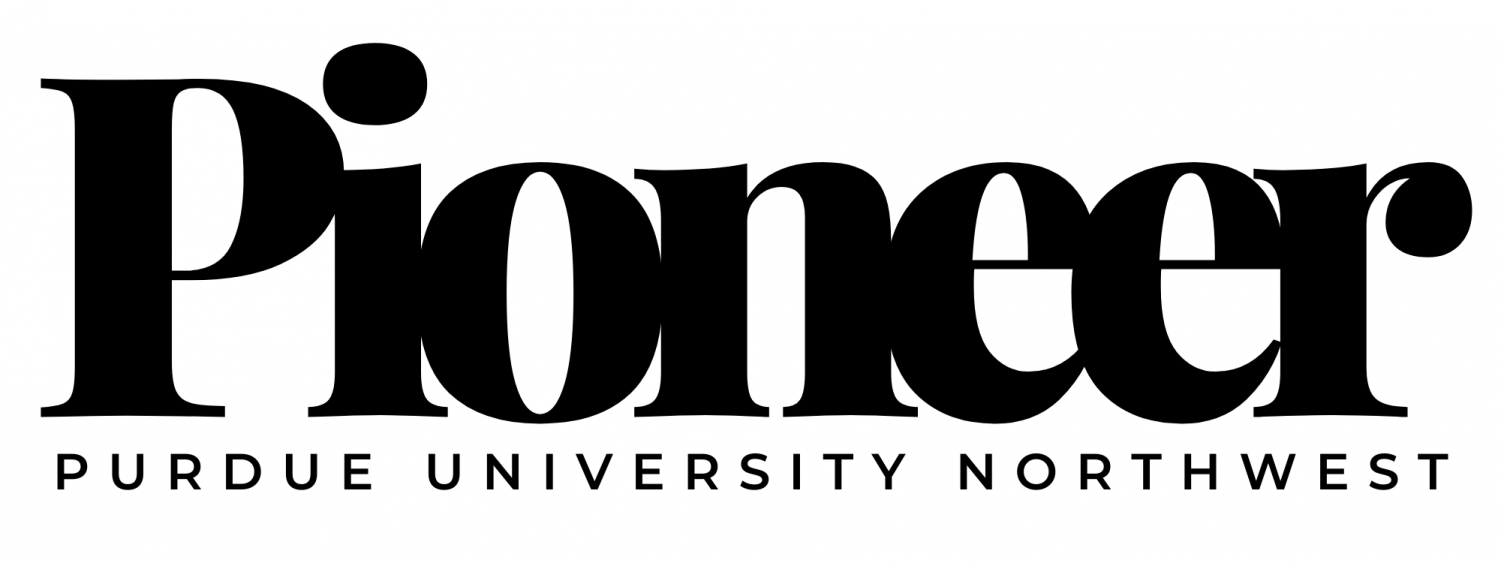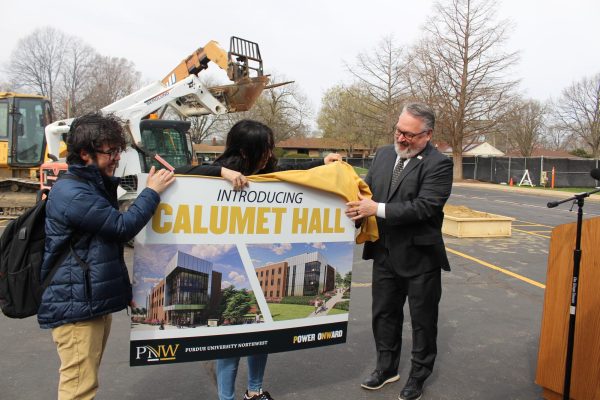Loan forgiveness to benefit many here, students rejoice
PNW students are celebrating President Joe Biden’s announced student loan forgiveness program – though some wish he’d gone farther.
“The federal government should forgive all student loans,” said senior Elizabeth Pucher, a Mathematics major. “The expected income for most degrees makes it too difficult to pay off student loans, at least within a reasonable amount of time. People shouldn’t have to choose between student loan payments and necessities.”
Freshman Andrew Yankovich agreed.
“They should forgive all loans completely,” he said. “It’s frustrating and unfortunate to have to pay so much of your family savings to get the education needed to thrive in today’s world.”
Junior Milo Jones agreed the government should pardon more student debt – a lot of it.
“Yes, I believe our federal government should forgive student loan debt,” said the Psychology major. “Our federal government should be able to forgive at least $75,000 worth of debt from students across the country.”
In August, Biden announced the U.S. Department of Education will cancel up to $20,000 in federal student loan debt to Pell Grant recipients, and up to $10,000 to non-Pell Grant recipients. To qualify, borrowers cannot earn more than $125,000 a year.
The PNW Office of Financial Aid reports that 36.3% of students last year qualified for Pell Grants.
Student loan debt is a significant problem. Federal data indicates that 45 million people have amassed about $1.6 trillion in student loan debt. About 53% of borrowers – 23.9 million people – owe $20,000 or less.
Sophomore Simone Crossley, a Cybersecurity major said that debt is a barrier to ongoing education.
“Student loan debt is one of the main reasons why a lot of people do not further their education outside of high school,” she said. “The federal government should 100% forgive student loans.”
Though some people have been critical of the loan forgiveness announcement, freshman Adrian Guerrero, a Biological Science major, said it should help young people get ahead.
“Without a bachelor’s degree, you most likely won’t be able to provide for yourself and others financially,” he said. “In today’s world, unfortunately, it’s crucially important to make as much as you possibly can, but also do something that you love for an occupation.”
Phoebe Rogers, a sophomore who estimates that she owes $20,000, said student loans are just an unfortunate part of getting an education.
“College is way too expensive for a majority of Americans,“ she said. “Most people can’t afford to go to college and if they do they have a lot of debt.”
That is the point the White House made in a fact sheet it released following Biden’s forgiveness program. It said the cost of four-year colleges has nearly tripled since 1980, while federal support of higher education has not kept up. Pell Grants once covered nearly 80% of the cost of a college degree. But, the fact sheet said, they now cover just a third of that cost.
Since 1980, the total cost of both four-year public and four-year private college has nearly tripled, even after accounting for inflation. Federal support has not kept up: Pell Grants once covered nearly 80 percent of the cost of a four-year public college degree for students from working families, but now only cover a third.
That forces many students to borrow if they want to get a degree. A Department of Education analysis reports the typical undergraduate student with loans now graduates with nearly $25,000 in debt.
“I think student loan forgiveness is a great idea,” said junior Joey Kerber, a Visual Communications and Design major. “Many people would benefit from not having to make those payments and are able to use that money elsewhere. Many people in America don’t fully pay off their student loans until years after they’ve graduated college, and I think that should change.”




